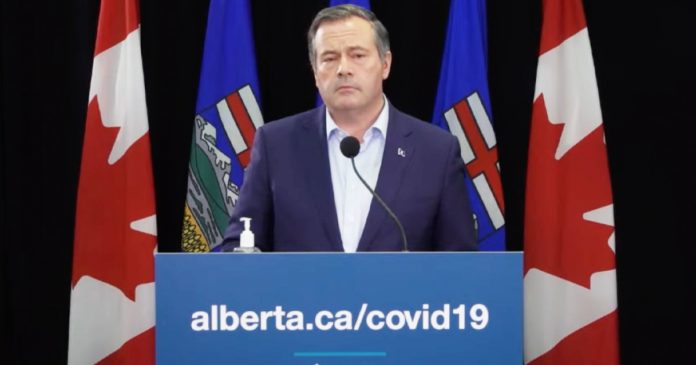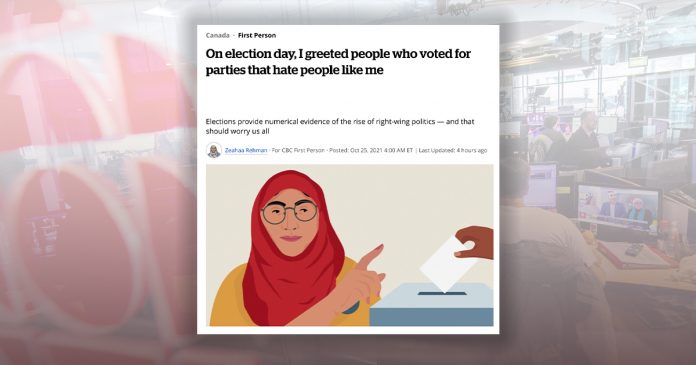File it under “Politics makes for strange bedfellows”. When Jason Kenney’s UCP government overhauled the rules for municipal elections, it opened the way for unlimited corporate and union donations to third-party advertisers (TPAs).
TPAs back candidates for city councils and school boards with advertising campaigns, social media mobilization and door-to-door organization. While they don’t select candidates for municipal elections and cannot coordinate with them, they provide well-financed, centralized and professional political support to candidates – political parties in all but name.
And while a few businesses and independent voters dipped their toes into the year’s municipal campaigns with their own TPAs, the unions representing Calgary’s municipal workers seized the opportunity with gusto.
Calgarians for a Progressive Future, the main third-party advertiser backed by the unions of City Hall and Calgary Transit, promoted a slate of candidates including Jyoti Gondek, the city’s new mayor.
Funding increased pay rates and staffing levels for the City’s unionized works means future property tax increases, increases that will not do much to attract investment to the City and its endangered downtown core.
Only one major mayoral candidate promised a four-year municipal tax-free, and he suggested that City Hall workers could take a pay freeze to help make the tax freeze work. That candidate was attacked by Calgarians for a Progressive Future and finished a distant second on election night.
Unions are an essential part of our political system in Canada. Anyone is free to organize and take part in elections. Unions, however, enjoy a big advantage under the UCP’s reforms since union donations from union members are tax-deductible. When the rest of us support a TPA, we do it with after-tax dollars.
Elections work best when voters have choices and when all sides put their best efforts into organizing. City Hall unions are going to be deeply involved in municipal politics, and it is high time that taxpayers had a TPA on their side as well.
Or, better yet, why not recognize that politics is a team sport and simply recognize that TPAs work like political parties and should be organized like political parties.
Political parties bring lots of advantages to elections. They identify voters and get them to the polls – something that can only improve local politics when voter turnout is so low.
Parties make it easier for voters to figure out where candidates stand on major municipal issues – another advantage in an election like this month’s Calgary race where so many incumbents were retiring and so many new faces were involved. And, finally, political parties vet the life histories of their candidates for skeletons that should disqualify some from running. It is hard to believe a municipal party would have let Sean Chu run given his chequered history. Municipal parties would be on the lookout for similar problems with candidates running for the other parties.
While federal and provincial parties often enforce rigid party discipline, it is unlikely municipal parties would be such monoliths. City politics is too close to issues that matter to voters for city councillors to be held hostage to party bosses. And since the mayor is directly elected, council members can vote as they wish without toppling the mayor in the way a prime minister or premier can be toppled by losing some votes on a budget bill.
For the provincial NDP, Calgary’s election was a dry run for their 2023 provincial campaign.
Calgarians for a Progressive Future is composed of the same public-sector unions that form the backbone of the Alberta NDP. During the municipal campaign, they collected voter data, trained and organized teams of field workers and identified candidates that will all be put back into the field to defeat the UCP and return the NDP to office in less than two years.
The UCP has opened the door to political party organizations at the municipal level, but it’s time for the Kenney government to finish the job.
Municipal politics where only City Hall unions are organized to support candidates won’t help any municipality get better and will eventually hurt the UCP provincially.
Let the City Hall unions organize a party, and let everyone else organize parties to balance the union influence.



























